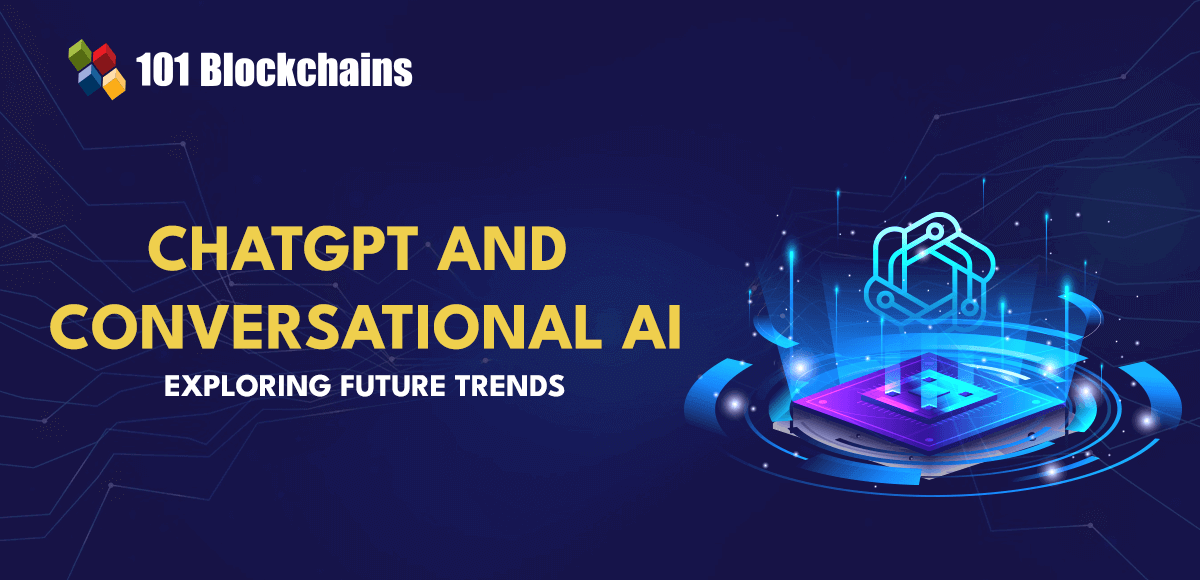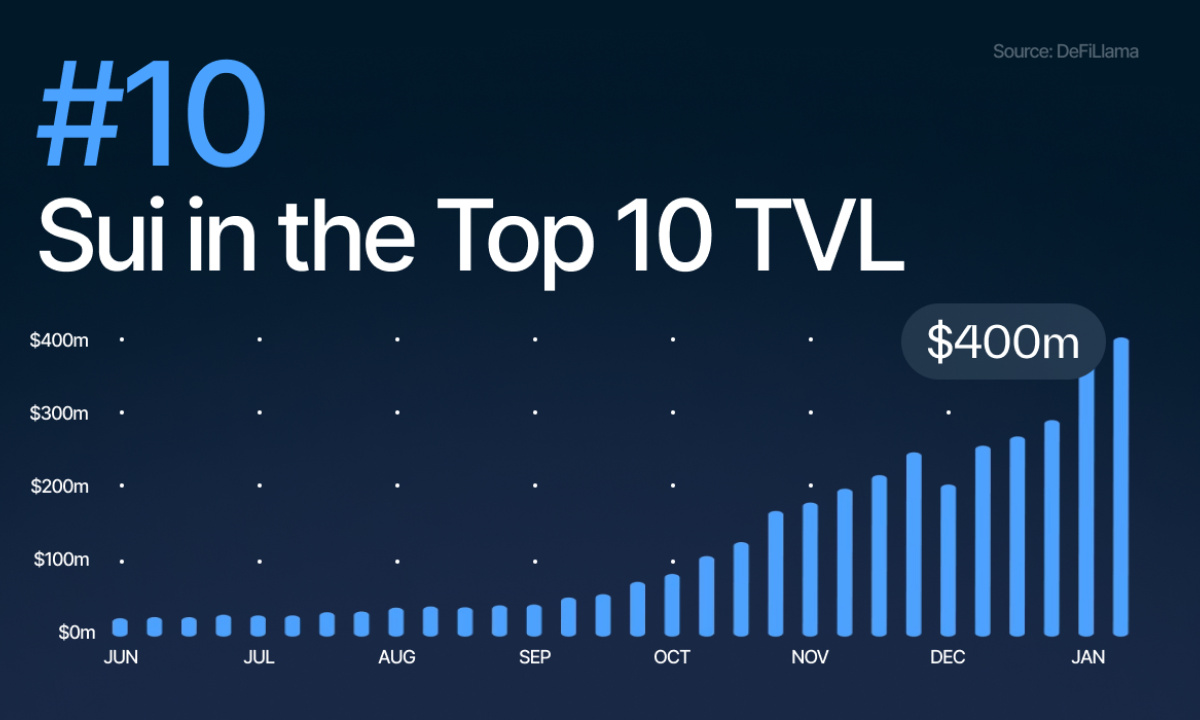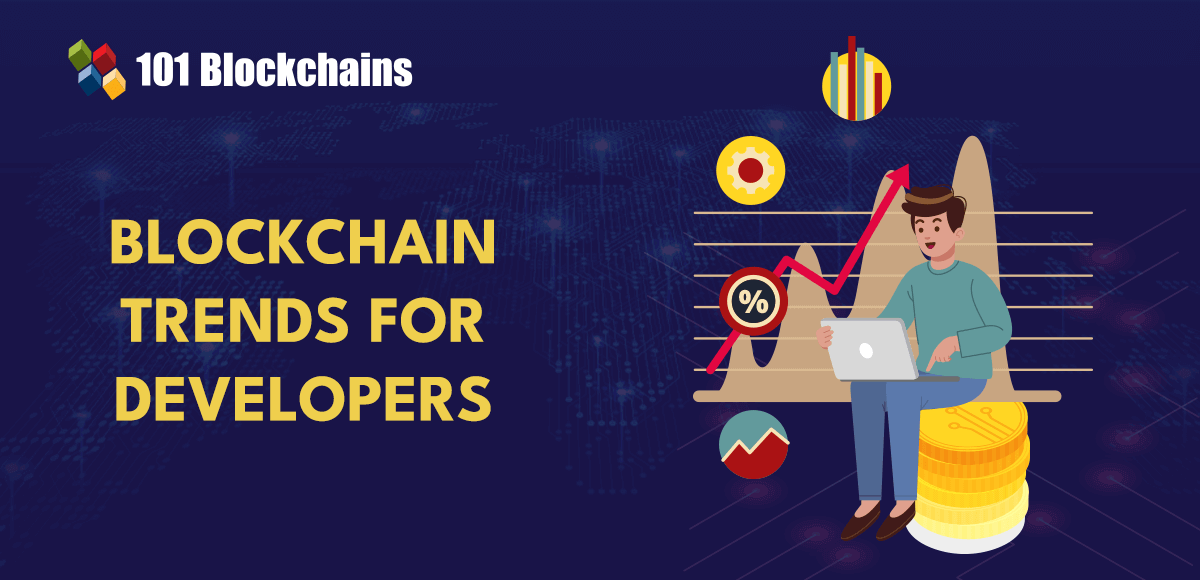Future Trends in ChatGPT and Conversational AI

The introduction of ChatGPT and its rise to popularity has caught the attention of the whole world. Businesses across different industries have been exploring opportunities to use ChatGPT and generative AI in different ways. Staying updated with the latest ChatGPT trends can help you find the best prospects that would work to help you make the most of ChatGPT.
The arrival of ChatGPT and conversational AI has compelled businesses to discover a new take on conventional approaches. They have also helped businesses embrace the transformative potential of AI. Large Language Model, or LLMs, have become a formidable force in the AI revolution by reshaping communication with machines and user interactions. The most important factors driving the transformation of conversational AI include the use of machine learning algorithms for analysis of patterns and generating responses in seamless natural language.
The importance of conversational AI trends revolves around the necessity for adapting to advancements in AI at a rapid pace. ChatGPT has been leading the way in driving the growth of conversational AI. It is the most popular LLM that understands and responds to human queries in the most natural way possible, resembling human conversation. Let us learn more about the trends in conversational AI and the use of ChatGPT in 2024.

Why Does ChatGPT Deserve Your Attention?
Before you explore the top trends that dominate the world of ChatGPT in 2024, it is important to find out why you should focus on ChatGPT. It is a deep learning model based on the Generative Pre-Trained Transformer architecture. You can find a better understanding of responses to “What are the future trends of ChatGPT?” by learning more about its capabilities. It has been trained with a massive collection of training data and generates human-like text effectively. The most valuable feature of ChatGPT is the ability to generate text. It can help in writing articles, creating chatbot responses, and generating fiction or poetry.
The next crucial highlight of ChatGPT is the ability to understand the context of a specific conversation. It can consider the previous interactions and ensure responses that account for the context in which the context happens. The ability of ChatGPT to understand context serves a major role in ensuring that interactions between humans and computers are completely natural.
Want to develop the skill in ChatGPT to familiarize yourself with the AI language model? Enroll now in the ChatGPT Fundamentals Course
Usage Trends for ChatGPT in 2023
One of the best ways to determine the future of ChatGPT is the review of usage trends for ChatGPT in 2023. The analysis of ChatGPT usage in 2023 can provide a brief impression of how people used the conversational AI tool. One of the notable trends in the use of ChatGPT is the sharp rise in ChatGPT-related transactions from May to June. However, ChatGPT entered a plateau stage in August, which showcased broader transaction trends in the AI/ML landscape.
ChatGPT has found applications in a broad range of industries, including technology, manufacturing, services, energy, and financial services. Businesses in these industries have integrated ChatGPT to enhance decision-making, customer interactions, and operations. Most importantly, the financial services sector has been registering continuous improvement in ChatGPT-related transactions since June.
Another important addition to the trends in ChatGPT usage is the concentration of ChatGPT use in specific locations. The major sources of traffic for ChatGPT come from the United States, the United Kingdom, and India. Such trends show that language processing is one of the most popular use cases of generative AI tools in all industries or national borders.
Identify new ways to leverage the full potential of generative AI in business use cases and become an expert in generative AI technologies with Generative AI Skill Path
Which Trends Would Influence the Future of ChatGPT and Conversational AI?
Artificial intelligence has shown the way to transform the business landscape and personal lives of people worldwide. ChatGPT has brought the transformative impact of generative AI closer to the general audience. Interestingly, the ChatGPT revolution has more in store for the world of technology than you can ever imagine. Here is an overview of the most prominent trends that will dominate the future of conversational AI and ChatGPT.
-
Fundamental Research on LLMs
One of the foremost trends expected to rule the domain of generative AI is the assurance of fundamental research on LLMs. You might have assumed that LLMs are promising tools that encourage the usage of ChatGPT with advanced functionalities. However, it is also important to understand that LLMs are still in the initial stages, and you can find more room for improvement.
The review of ChatGPT trends shows that LLMs have been presenting some prominent concerns. For example, large language models can hallucinate incorrect answers that may seem plausible in situations where they don’t have access to the right information. Therefore, it is difficult to use LLMs in applications that require trust without additional safeguards.
Future trends in the domain of conversational AI and LLMs would revolve around solving the problem of AI hallucination through fundamental research. As of now, there is no training process tailored to ensure that GPT does not respond to questions that it does not know. In addition, people have also come up with unique prompts that enable GPT to showcase confidence in the responses.
It is important to note that conversational AI models do not have an inherent ability for reasoning. Therefore, conversational AI trends for the future suggest that you can expect bigger models and better techniques. At the same time, smaller models can also perform as effectively as the large models you see today. It would help in reducing the cost of training and using LLMs.
Most important of all, trends for generative and conversational AI indicate that they can encourage the growth of artificial general intelligence. Artificial general intelligence involves the use of artificial agents to reason about cognitive tasks and human behavior.
Once AGI is achieved, it will create a point of singularity where you will have access to great technology. Large language models are the most crucial milestone on the path to achieving Artificial General Intelligence. Therefore, fundamental research on LLMs can mark a major milestone in conversational AI.
Understand the actual potential of AI and the best practices for using AI tools with the AI For Business Course.
-
Commercial Use of LLM APIs
The year 2024 will also introduce the possibilities for commercial use of LLM APIs. You can find answers to “What are the future trends of ChatGPT?” by checking how businesses want to expand the use of LLMs. OpenAI might be the biggest player in the LLM market with ChatGPT.
However, many other companies would also dive into the domain of conversational AI by providing APIs for large language models. For example, Google has come up with the PaLM model with almost 540 billion parameters and could offer an API in the near future. Another company, Hugging Face, has also introduced its Bloom model in the public domain.
In the future, you can expect large language models like ChatGPT to be a commodity offered by multiple companies. You can also notice conversational AI and LLMs becoming embedded in different types of products with a broad range of applications. The future of ChatGPT might also present possibilities for embedding the OpenAI LLM in different products.
For example, ChatGPT can be integrated into a medical record system and automatically take actions such as understanding the patient’s medical history. As a result, it can help in flagging medicines that can have a negative impact on the patient’s condition.
The future use of ChatGPT as a commodity by different businesses would also focus on enhanced in-context learning. For example, when you use ChatGPT to identify the suitable UX for new coffee machines, it only engages in conversations about brewing the best espresso shot.
The ChatGPT revolution also ensures programmability of consumer products. You can use conversational AI to inform your thermostat when you are approaching closer to home through GPS location. It would then adjust the temperature of the home, thereby ensuring optimal utility.
Want to understand the importance of ethics in AI, ethical frameworks, principles, and challenges? Enroll now in the Ethics Of Artificial Intelligence (AI) Course
-
Impact of ChatGPT on Data and Analytics
Another prominent trend in the domain of ChatGPT that would garner the attention of businesses and tech experts worldwide in 2024 is the impact of the LLM on data and analytics. The ChatGPT revolution would have a major influence on data and analytics space.
For instance, you can notice how the advancements in public cloud services for natural language processing and ML-based analysis can open the doors for using ChatGPT in data and analytics space. As a matter of fact, you can witness four prominent trends in the use of ChatGPT for transforming data and analytics.
The foremost highlight among the trends in ChatGPT usage refers to consumer usage of the analytics user experience. As search and conversational interfaces evolve with the use of LLMs, analytics on private and enterprise data can become a lot simpler. The developments in LLMs can introduce promising changes in their ability to understand data and business queries in natural language.
With the help of these advancements, users can achieve promising improvements in analytics applications. The reduction in time and effort required for creation of insights would render drag-and-drop user experiences obsolete. LLMs will ensure that users can make the most of analytics through search and chat. Therefore, analytics applications have to discover new platforms that offer analytics as a self-service experience for every business user.
The list of noticeable trends in ChatGPT evolution in the data and analytics domain draws attention to hyper-personalization of analytics. Analytics platforms can use AI techniques to personalize data investigation and provide insights to meet the needs of every user.
Users can find insights from data and analytics according to their individual objectives and roles. Conversational AI in data and analytics can work with an in-depth understanding of the context of questions and deliver recommended insights. The recommendation and ranking systems would improve gradually to leverage the capabilities of LLMs and help users with contextual references.
ChatGPT and conversational AI trends would also point to the possibilities for growth of invisible analytics platforms. Analytics platforms would become invisible by helping business users at the right places in the workflows. Therefore, users don’t have to depend on a specific analytics platform for discovering insights.
With the evolution of LLMs and conversational AI models, you can expect disaggregation of analytics services such as drill-anywhere exploration and visualization. You can also use LLMs for ML-based prescriptive and predictive analytics alongside search and conversational analytics. All these aspects of analytics usage would become easily accessible within business applications and collaboration platforms.

-
LLMs Empower a New Generation of Products
One of the most significant answers to “What are the future trends of ChatGPT?” draws references to the possibilities of introducing new products. Large language models can help create products that were previously impossible to build. Chatbots can help in automation of different aspects of customer service and support-related tasks with LLMs. Conversational AI and ChatGPT can also open new possibilities for improvement in writing assistance. You can expect LLM-based products that can help you write a marketing copy or an engaging blog post.
ChatGPT can also serve as a valuable resource for introducing new solutions in the domain of research assistance. The LLM by OpenAI has worked as a useful tool for learning about new topics in the public domain. Interestingly, LLMs would not serve as search engines that extract already existing information.
On the contrary, LLMs would synthesize information from different sources and use basic reasoning to create new pieces of information. Furthermore, you can also expect the rise of new LLMs like ChatGPT for tasks such as programming. For example, one of the popular LLMs used in coding, Codex, has helped developers achieve significant improvements in productivity.
Want to learn about the fundamentals of AI and Fintech? Enroll now in the AI And Fintech Masterclass
Final Words
ChatGPT has become the flag bearer of AI with its simple interface and easy working mechanism. However, the large language model by AI has not only shown the power of conversational AI but also showcased impressive potential for evolution. The future of ChatGPT depends on how it can appeal to a broader base of users with diverse functionalities.
Interestingly, the commercialization of LLM APIs, fundamental research on LLMs, and increasing use of ChatGPT in different products present favorable prospects for growth of ChatGPT. Explore the fundamentals of ChatGPT and how it works to understand its potential for ruling the AI landscape of the future.




